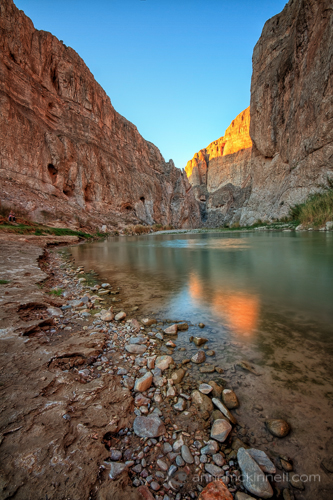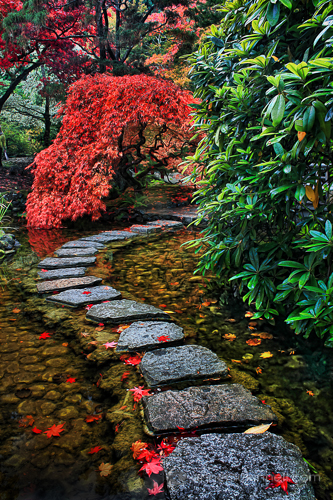This week we go into another motion tool of storytelling, THE CRANE.
This device has been around for decades. Allan Dwan has been credited
with the first dolly shot and the first crane shot. He devised a system
for D.W. Griffith on Intolerance (1916).

Allan Dwan
I have used cranes that I ride, like the Apollo and the Zeus from Chapman, as well as ones that are operated remotely. Bob Richardson, ASC
actually prefers to ride his crane and has done so for many years. He
loves being one with the camera, as well as the feel of the fixed arm.

Bob Richardson, ASC on Inglourious Basterds

Apollo

Zeus
“Fixed arm vs. Telescopic arm”
The arsenal of cranes can be overwhelming at times. Every month in
American Cinematographer, there is a new crane that goes 50’, no 80’, no
now 100’ and it is motion controlled, repeatable. So many options!
Another one can go underwater. It’s the HydroCrane, daunting to
navigate.
FIXED: I remember when the Louma crane first came out.

Louma
It was basically a 20’ aluminum tube that had a remote head at the end
that could take the full weight of a film camera and a zoom lens. WOW!
This was the go to device on music videos in the late 80’s and early
nineties. I was flinging it all around. Then one day a 21’ Technocrane showed up on a music video I was Key Gripping and I knew this would change the way we used the crane.

Techno 21′
If the DSLR was a game changer, then the Technocrane was a crane
changer. What made it so unique? Up to this point, the crane arm was
fixed, meaning it did not move in and out. To accomplish this, you had
to put your crane base on track, then have your dolly grip move the base
as you boom up or down to get compound moves. What is a compound move?
It is a move that requires the camera to boom up or down, swing left or
right and dolly in and out. Let’s say you start directly overhead and
you want to boom down to a close up of an actor and keep him or her in
the center of the frame. You will need to have your fixed arm on track
like I described and push to the end of its track. When you boom down,
you will have to track back to take the arc out of the straight arm,
then push in again to land on the close up.
There are many fixed arm cranes. Kessler makes the V3 with a Revolution head that I used recently on
Need for Speed
for our splinter unit. Benefits of this crane were the price and that
you could carry it up stairs and narrow hallways because it is so light
and compact.

Kessler Revolution Head

V3 Crane

Kessler on Need For Speed
The
Jimmy Jib is another one that I use when we cannot afford a Techno or
Giraffe.
Jimmy Jib
I always like the Giraffe. It looks archaic, but it got the job done on
The Rat Pack,
The Skulls and
Drumline.

Giraffe

Giraffe with remote head

Lenny Arm II Plus and Lenny Arm III

Fischer 23

Fischer 23 build out chart

Pegasus

Pegasus

These are all fixed crane moves on crane track.
TELESCOPIC: A telescopic arm gives you ultimate
freedom to dream. You set the base in one location and you use the
telescopic feature of the crane to remove the arc that I talked about
above as well as the freedom to try many more moves that would be
limited on a fixed arm crane.
I love the 50’ Technocrane the most. Why? Well, it seems to be the
perfect length to get your moves to tell the story without having to lay
track, which takes time. I have only laid track with the 50’ Techno
four times in my career.

Techno 15′

Techno 22′

Techno 30′

Techno 50′

Techno 100′
Why the 40’ Movie Bird?

MovieBird 45′
The reason for this beauty is that it is half the weight of a 50’ and
one third of the width. This is incredibly important on boats, locations
that have weight and space restrictions, etc. You get the same
telescopic arm abilities as the Techno, just in a smaller package.
Why the Scorpio Crane?

Scorpio Crane 30/37

Scorpio Diagram
This crane is the mother of all cranes. The creators really took the
best assets of both the Movie Bird and the 50’ Technocrane and added
some key features to take the guess work out of creating complex
compound moves. It has the ability to program soft stops as well as
taking the arc out of a move without relying on your operator to do it.
A crane can be an amazing tool, but WHY do you use a crane is probably a better question to ask. RIGHT??
“Geography, Geography, Geography”
I go to so many movies and I find that I have no idea where
characters are in a scene. The coverage is so tight that you lose the
sense of space. A good cinematographer educates an audience on the space
in which the characters live, their possible peril, their sanctuary,
their happiness, their sadness, and the emotions that they are feeling.
Using a crane can do just that. The fundamentals of moviemaking. Wide
shot, medium shot, close up. Simple, right? It is important not to lose
sight of these core building blocks.
Let’s take this shot from
Terminator Salvation.
We wanted to educate the audience on the setting, the tone, the peril,
the horror of what these innocent people are about to witness,
experience. What kind of shot would help deliver these emotions? How
about one that views the peril of people on the ground who are being
pushed by this wall with spikes and bright lights, and then we push past
their faces in fear and boom up? Not only to see their transporter but
another one landing in the distance. How does this make you feel? Small
and insignificant. What else does this simple move achieve? It shows
scope, that these machines are ruthless, controlling and winning this
war. What else does it tell you? It shows the space that the poor humans
are now in, and this is one scary place. It shows that this group is
just one of a 100 ships that are entering this huge processing facility.
This is all done with one simple push and boom up. See how powerful
the WHY is? I know that many of you want to go out, get your hands on a
camera and all this cool stuff, and create. But it is so important to
understand the theory about storytelling.
THE WHY. I
know that people throw this word around like it is hot dogs and peanuts
at a baseball game, but understand why you are doing it first. How it
can take your actors and your story that much higher is the power and
the art of cinematography. Knowing that you are not just doing a crane
move because it looks cool, but that it is specifically there to help
the audience feel the emotions of your characters, is paramount.





























